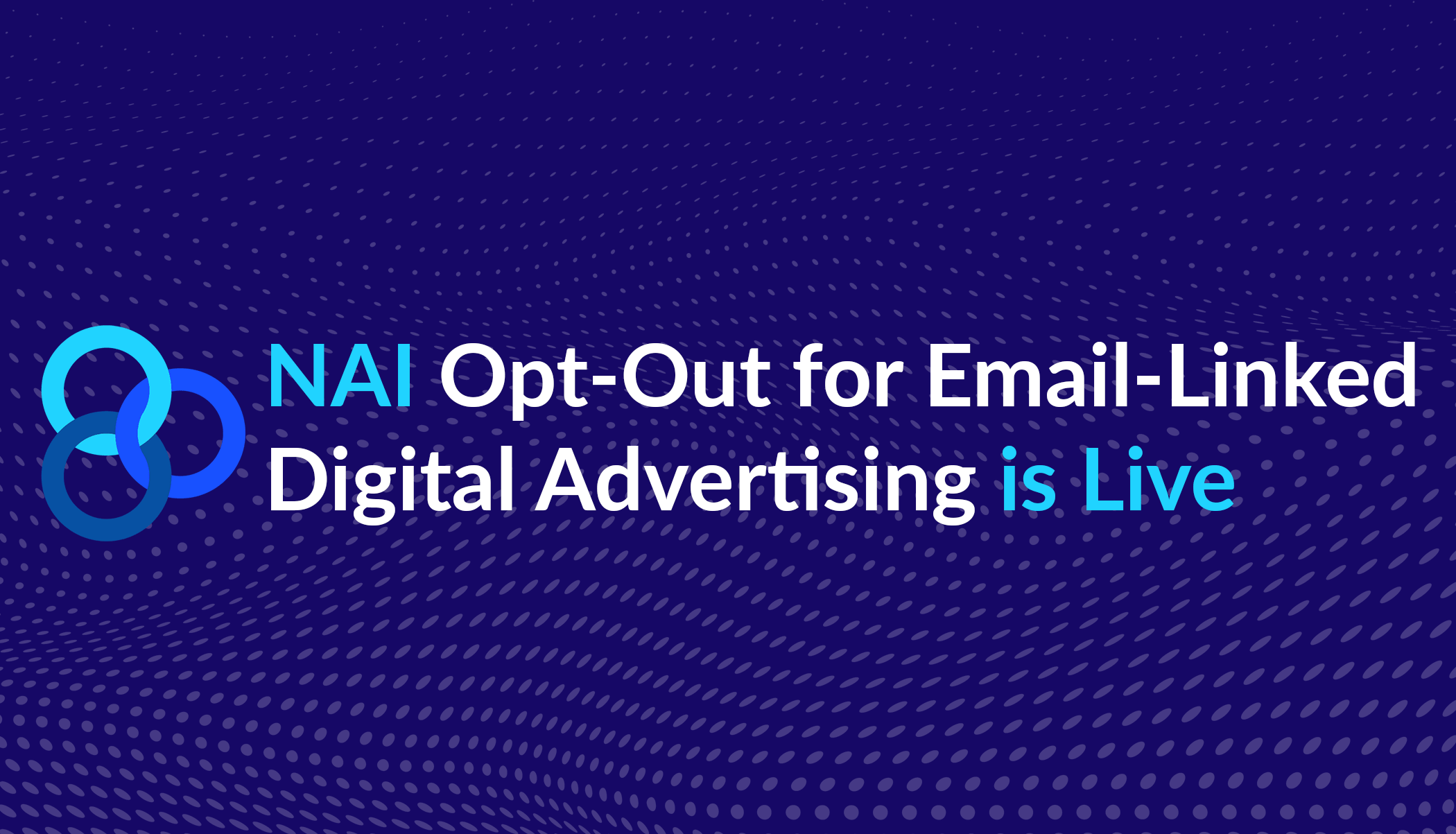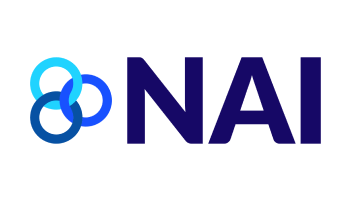Member ViewPoint: PubMatic
| PubMatic and IDC recently released an RTB forecast relevant to many of our members. In this Five Questions interview, Richard Sobel, director of product marketing and platform strategy, discusses the company’s membership, the study and more. |
Q: When did PubMatic join NAI and what was the impetus?
A: PubMatic joined the NAI at the beginning of the year. It was an overdue membership, since PubMatic is committed to clear and effective rules governing online advertising. As a tool for publishers, it was important for us to support the good work and clear rule setting the NAI has been leading, and we’re thrilled to be a member.
Q: Could you please provide an overview of the study and key findings?
A: PubMatic commissioned this research from IDC to evaluate the global growth of RTB, including how it impacts specific markets around the world, how it’s impacting direct sales efforts, where mobile is coming into play, and how RTB ultimately provides a long-term opportunity for the advertising ecosystem. We presented the findings at PubMatic’s fifth annual Ad Revenue conference in New York on October 23.
This report is an update on 2011’s version of this research, and presents their estimates of past and current spending on RTB-based display advertising and forecasts until 2016. The findings are based on interviews with publishers, agencies, ad networks, DSPs, SSP, and ad exchanges in the United States, the United Kingdom, France, Germany, Japan, and China, along with existing IDC information and other publicly available research.
What we found was that RTB is the fastest growing digital ad segment, predicted to increase to $13.9 billion in spending worldwide in 2016, with a compound annual growth rate from 2011-2016 of 59.2%. This projection points to RTB outperforming all other digital ad segments including mobile, video or social advertising. Overall, the use of RTB for direct sales will grow on average 148% through 2016, amounting to over $1.2 billion. This growth in RTB, coupled with the adoption of Private Marketplace by publishers, offers the opportunity of a strategic combination of direct and programmatic sales in unison.
While mobile markets generally lag behind traditional PC spending behaviors by about three years, this research indicates that it will rise to nearly $500 million by 2016. The challenges for the mobile space still remain: A growing ecosystem to support cohesive cross-channel strategies, and the lack of cookie-based targeting inhibiting buyers from granularly targeting as they can in the PC world.
The U.S. will remain the most advanced market, with RTB spend growing from $1.1 billion in 2011 to $8.9 billion in 2016 at a compound annual growth rate of 53%. The market share of RTB-based spending of all display ad spending will grow from 10% in 2011 to 27% in 2016, and its share of all indirect spending will grow from 28% to 78% over the same time period.
In Europe, among the three major markets (UK, Germany and France), the UK is farthest along in adopting RTB. IDC projects spending in the UK to grow at a compound annual growth rate of 54% through 2016, with RTB-based display ads accounting for 12% of all spend in 2012 already – up 108% year over year.
German RTB spending will account for 8% of total display ad sales in 2012, an increase of 171% from the 2011 spend. RTB’s market share in indirect ad sales will be 23% in 2012, up from 9% in 2011.
In France, 8% of all display ad sales will be generated using RTB in 2012, a growth of 120% compared to the 2011 spend of €23 million or 4% of total display ad sales. Its market share within indirect ad sales will be 24%in 2012, up from 11% in 2011.
Q: In your opinion, what does this study say about the value of RTB and third-party data driven companies’ role and value in the digital advertising ecosystem?
A: RTB is a growing key force in advertising. The research indicates and projects that more than 33% of all digital advertising spend will be transacted through RTB, based on the efficiencies and online targeting capabilities the protocol provides for advertiser Return on Investment (ROI) and Return on Advertising Spend (ROAS). The question now is less about it as a concept, and more about how it gets leveraged across the ecosystem. Advertisers and agencies are seeing great advantage by applying dynamic algorithms to targeted audience buying, and publishers are seeing greater returns by opening up their inventory.
The value ad technology companies like PubMatic provide for targeting, bid management, and analytics is akin to what agencies have been providing to advertisers for years: Service. While we are all technology solutions, we provide a service to the ecosystem, all serving one side of the transaction – either buyer or seller. PubMatic continues to work for our publishers by enabling buyers to reach our publishers’ inventory. The value we create in the transaction is tangible, and other companies in the transaction create compelling value as well. That will not change, so long as we all can prove that there is value in third-party advertising technology. In a world based on driving efficient and optimized results, it’s up to each company to own our value proposition in the RTB process.
Q: Based on the research and everything you know about digital advertising and publishing, what do you see as the greatest opportunities and threats to digital advertising and publishing over the next 12-24 months?
A: The greatest opportunity and the largest threat are one and the same: Strategy. Advertisers, agencies, and publishers have done tremendous business with direct, relationship driven sales. On the other end of the spectrum, great efficiencies and productivity results are being proven out through RTB. Those two elements come together in a strategy, and that’s the most critical focus right now on both sides of the transaction.
On the sell side, publishers have been vocal about their success in a direct sales environment based on relationship-driven solution selling for large impact. According to the research, publishers are also seeing increases of 100% in eCPM on average by leveraging RTB. The opportunity is to blend the vision of direct sales with the execution of RTB through a strategy of direct programmatic sales. As I mentioned above, the expected growth for the use of RTB in direct sales is tremendous, and a clear area of direct revenue opportunity for publishers to gain market share. However, lacking a clear, understood strategy across the sales team can create a corresponding threat to the business growth.
On the buy side, it’s certainly clear that RTB is a part of the media mix. The opportunity is to find the right partners and the best balance of inventory sources, and to execute with a range of message that targets the best value for the consumer seeing the ad. It again comes down to strategy. Negotiating and maintaining direct relationships with your best media partners is still a fundamental key to marketing success, and leveraging RTB is a key part of executing plans for those relationships. Layering in powerful messaging through the capabilities of Big Data is the next step in making those relationships turn into fruitful results.
Q: Is this study one that you will update on a regular basis and are other resources like this available through a library on your site or elsewhere?
A: This research and our recently released Forrester Total Economic Impact case study are available with all of our previous white papers and commissioned research on our website, http://www.pubmatic.com/reports-and-whitepapers.php.
—
The views and opinions expressed in this blog are those of the authors and do not necessarily reflect those of the Network Advertising Initiative and/or any other contributor to this site.








